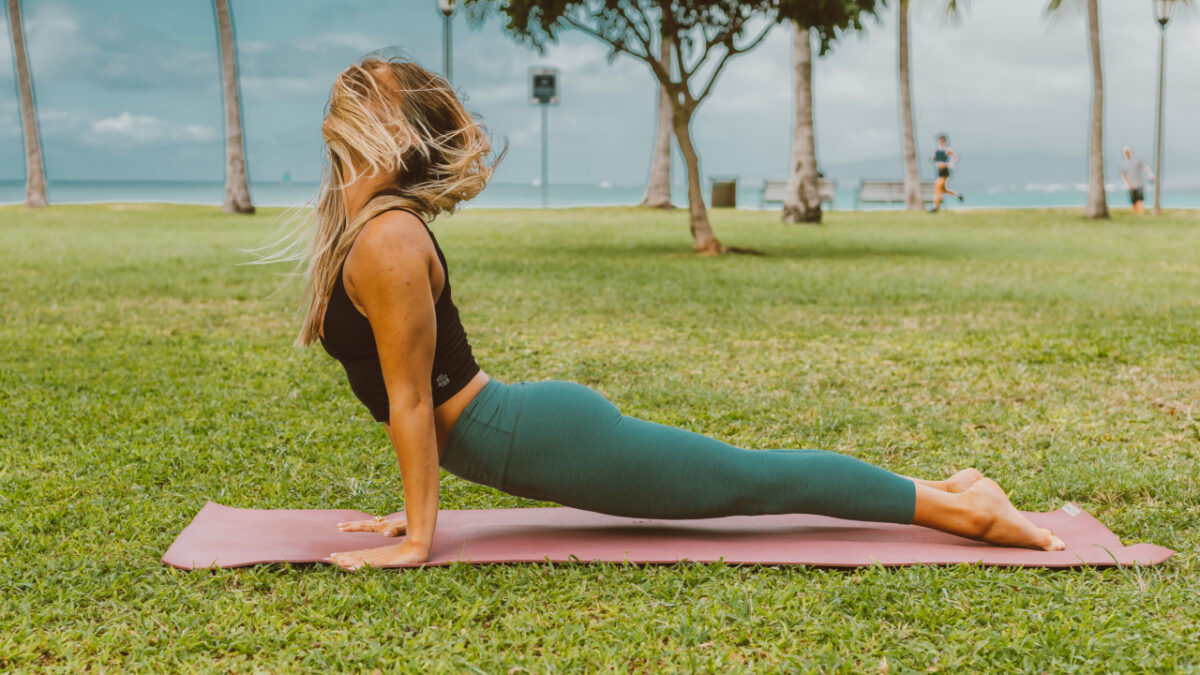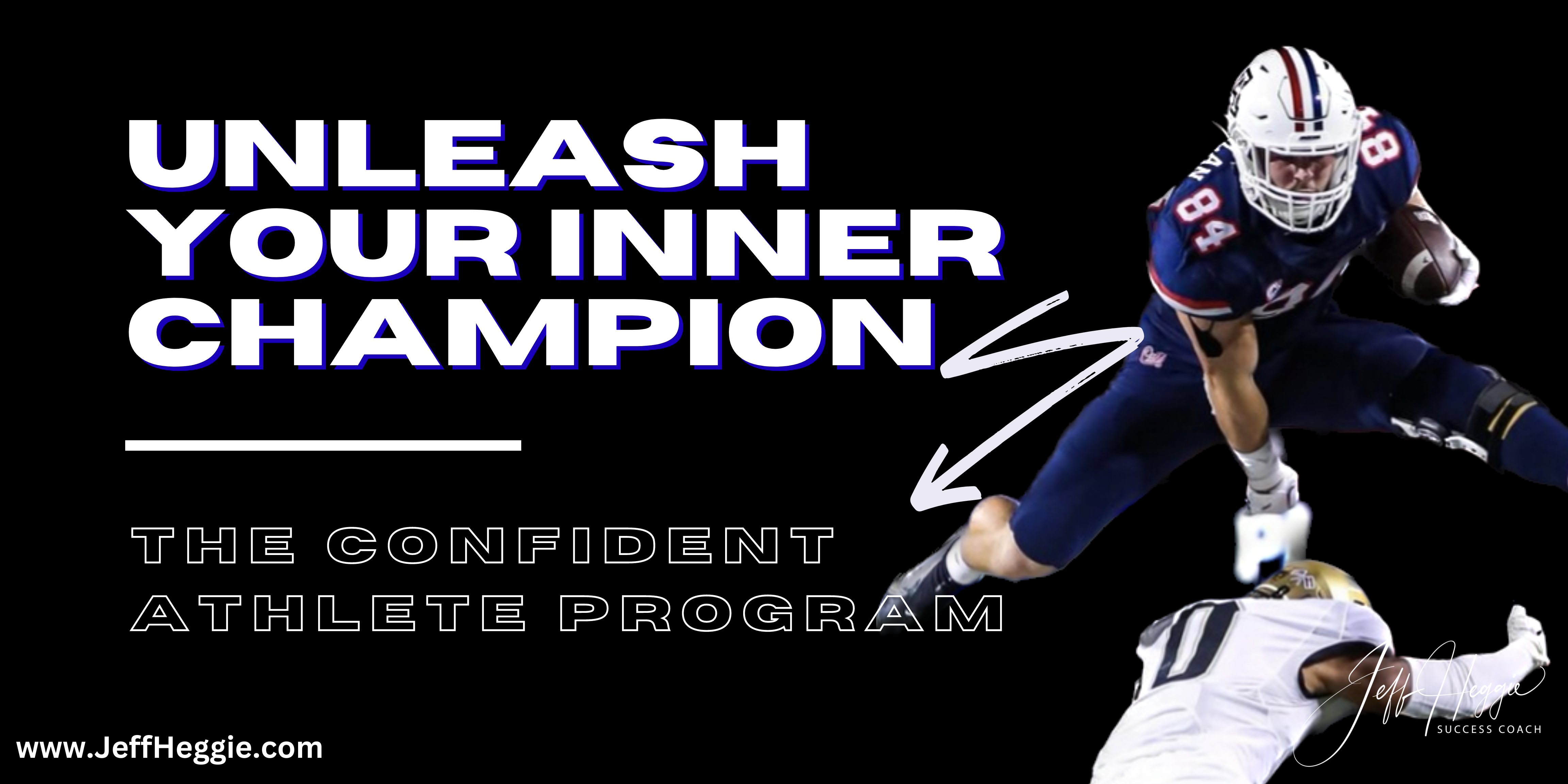
Unleash Your Inner Athlete: How To Use Visualization For Fitness
Unleash Your Inner Athlete: How to Use Visualization for Fitness
Related Articles
- The Big Secret To Effective Morning Workouts: Unlocking Your Peak Performance
- The Importance Of Recovery In Fitness: Unveiling The Secrets To Optimal Performance
- Eating Right For Fitness Progress: The Big Secret Tips And Tricks
- Planning Workouts For Maximum Impact: Unveiling The Secrets To Unlocking Your Fitness Potential
- Setting Small Achievable Fitness Goals: Your Path To Sustainable Success
Introduction
Welcome to our comprehensive guide on Unleash Your Inner Athlete: How to Use Visualization for Fitness
Unleash Your Inner Athlete: How to Use Visualization for Fitness

Visualization, the practice of mentally rehearsing an action or event, has been used by athletes and performers for decades to enhance performance and achieve their goals. It’s not magic, but it’s incredibly powerful. This technique taps into your brain’s ability to create neural pathways and strengthen existing ones, ultimately leading to improved physical capabilities and mental resilience.
But how does visualization actually work? And how can you use it to reach your fitness goals? This article will explore the science behind visualization, provide practical tips and tricks, and guide you on a journey to unlock your full athletic potential.
The Power of the Mind-Body Connection
Imagine yourself effortlessly lifting a heavy weight, your muscles firing with power and precision. You feel the burn, the exertion, but you push through, achieving a new personal best. This vivid mental image isn’t just a fantasy; it’s a powerful tool that can shape your physical reality.
How Visualization Works:
- Neural Pathways: When you visualize, your brain activates the same neural pathways as if you were physically performing the action. This "mental rehearsal" strengthens these pathways, making it easier for your body to execute the movement in real life.
- Muscle Memory: Visualization can enhance muscle memory, helping you remember the correct form and technique for exercises. This is particularly helpful for complex movements or those requiring precise coordination.
- Increased Confidence: Visualizing success can boost your confidence and self-belief, which in turn translates to improved performance. When you believe in yourself, you are more likely to push your limits and achieve your goals.
- Reduced Anxiety: Visualization can help you overcome fear and anxiety associated with exercise or competition. By mentally preparing for challenging situations, you can reduce stress and enhance your focus.

Review
Mastering the Art of Visualization: A Step-by-Step Guide
Now that you understand the science, let’s dive into the practical application of visualization. Here’s a step-by-step guide to help you get started:
1. Choose Your Focus:
- Specific Goal: Instead of visualizing general fitness, focus on a specific goal, such as running a marathon, mastering a yoga pose, or lifting a certain weight.
- Break it Down: Break your goal into smaller, achievable steps. For example, if you want to run a marathon, visualize completing each mile, focusing on your breathing and pace.
- Visualize the Process: Don’t just focus on the end result. Imagine the entire process, from warming up to cool down, including the challenges you might face and how you’ll overcome them.
Step-by-Step Guide
2. Create a Vivid Mental Picture:
- Sensory Details: Engage all your senses in your visualization. See yourself performing the action, hear the sounds of the gym, feel the weight in your hands, and even smell the fresh air.
- Third-Person Perspective: Sometimes it’s easier to visualize yourself from a third-person perspective, as if you’re watching a movie of yourself performing flawlessly.
- Use Positive Affirmations: Repeat positive affirmations during your visualization, such as "I am strong," "I can do this," or "I am getting closer to my goal."
Tips to Maximize Your Fitness Journey
3. Practice Regularly:
- Consistency is Key: The more you visualize, the stronger the neural pathways become. Aim for at least 10-15 minutes of visualization daily, or even several short sessions throughout the day.
- Find Your Time: Choose a time when you can relax and focus without distractions. Some people find it helpful to visualize before bed or right after waking up.
4. Use Visualization in Real-Life Training:
- Before Workouts: Visualize yourself successfully completing your workout before you even step into the gym. This can help you feel more prepared and confident.
- During Workouts: If you feel yourself struggling, take a moment to visualize yourself pushing through the challenge and achieving success.
- After Workouts: Visualize your body recovering and adapting to the workout, building strength and endurance.
Tips and Tricks to Elevate Your Visualization Practice:
- Use Visual Aids: Pictures, videos, or even physical props can enhance your visualization experience. For example, if you’re training for a marathon, watch videos of successful runners or hold a marathon medal in your hand while visualizing.
- Harness the Power of Music: Music can evoke emotions and enhance your visualization. Choose music that inspires you and motivates you to push your limits.
- Connect with Your Breath: Focus on your breath during visualization. Deep, rhythmic breaths can calm your mind and help you achieve a state of deep relaxation.
- Practice Mindfulness: Visualization is closely related to mindfulness. By focusing on the present moment and observing your thoughts and feelings without judgment, you can enhance your ability to visualize effectively.
- Embrace Failure: Don’t be afraid to visualize yourself failing. This can help you prepare for setbacks and develop strategies for overcoming challenges.
The Progression of Visualization: From Beginner to Expert
Beginner:
- Simple Visualization: Start with simple visualizations, such as visualizing yourself running on a treadmill or lifting a weight.
- Focus on Form: Pay close attention to the details of your technique, visualizing each movement with precision.
- Short Sessions: Begin with short visualization sessions (5-10 minutes) and gradually increase the duration.
Intermediate:
- Advanced Visualization: Start visualizing more complex scenarios, such as competing in a race or performing a challenging exercise.
- Sensory Details: Engage all your senses, creating a vivid and immersive experience.
- Use Affirmations: Incorporate positive affirmations into your visualizations to boost your confidence and motivation.
Expert:
- Kinesthetic Visualization: Visualize the sensations of movement, including the feeling of muscle tension and relaxation.
- Emotionally Charged Visualization: Visualize the emotions you experience during exercise, such as excitement, determination, and joy.
- Visualization with Real-Life Training: Integrate visualization into your actual training sessions, using it to enhance performance and overcome challenges.
Common Mistakes to Avoid:
- Lack of Focus: Distractions can disrupt your visualization. Find a quiet space where you can relax and focus without interruptions.
- Negative Visualization: Avoid visualizing failure or negative outcomes. Focus on positive, empowering images.
- Unrealistic Expectations: Visualization is a powerful tool, but it’s not a magic bullet. It takes time and effort to develop your visualization skills and achieve your goals.
Conclusion: Unleash Your Inner Athlete
Visualization is a powerful tool that can transform your fitness journey. By harnessing the power of your mind, you can enhance your performance, overcome challenges, and achieve your athletic goals. Remember, consistency is key. Practice visualization regularly, embrace the process, and watch as your body and mind become stronger and more resilient.
Frequently Asked Questions (FAQs):
1. Is visualization really effective?
Yes, numerous studies have shown the effectiveness of visualization in enhancing athletic performance, reducing anxiety, and improving physical abilities.
2. How long does it take to see results?
The time it takes to see results from visualization varies depending on your individual goals, practice frequency, and mental focus. However, consistent practice can lead to noticeable improvements within a few weeks.
3. Can I use visualization for any type of fitness goal?
Yes, visualization can be used for a wide range of fitness goals, from weight loss and muscle gain to improving flexibility, endurance, and overall athletic performance.
4. What if I can’t visualize well?
If you find it difficult to visualize, start with simple exercises and gradually increase the complexity. Focus on creating vivid images and engaging all your senses.
5. Can visualization replace actual training?
Visualization is a valuable tool, but it cannot replace actual physical training. It should be used as a complementary practice to enhance your performance and mental preparation.
6. How can I stay motivated with visualization?
Set realistic goals, track your progress, and celebrate your achievements. Surround yourself with positive influences and remind yourself of your reasons for pursuing your fitness goals.
7. Where can I learn more about visualization?
There are many resources available online and in libraries that can provide further information on visualization techniques and their applications.
Source URL:
https://www.psychologytoday.com/us/blog/the-athletes-way/201305/visualization-sports
Closure
Thank you for joining us; keep visiting for updates on Unleash Your Inner Athlete: How to Use Visualization for Fitness and related topics.
Let us know your thoughts on Unleash Your Inner Athlete: How to Use Visualization for Fitness in the comments below.
Keep up with our latest fitness and wellness content!



